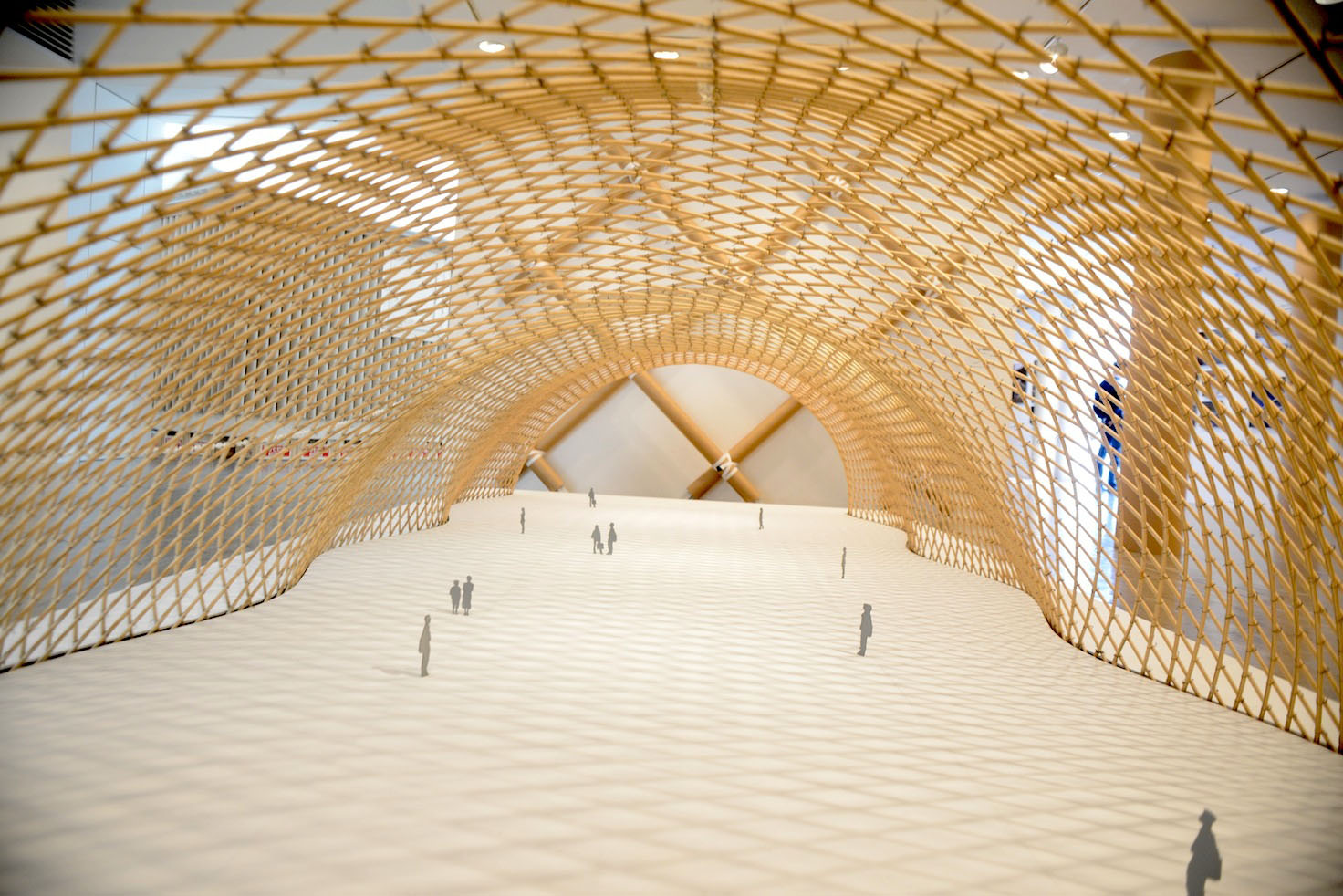Every profession has a fundamental underlying mission that is rooted in some basic human need. For medicine, it is health; for the law; it is justice. In the case of accountancy, it is the universal human need to minimize tax.
Architecture is rooted in the basic human need for shelter. But the profession today pays little attention to situations where the need for shelter is most urgent, such as after a disaster. Much of architecture's energy, and the creativity of its most celebrated practitioners, is preoccupied with constructing glamorous baubles for the gratification of wealthy individuals and corporations. It is rare to find an architect as committed to the provision of shelter as to that of architectural delight.
Shigeru Ban is such an architect. Born in 1957, Ban first made his name in the mid-1990s with his use of lightweight paper tubes as structural and enclosing elements in buildings. In paper tubes, Ban found a material that is cheap, strong, sustainable, and readily available, but its wholesome brown blandness is hardly glamorous. Yet Ban's portfolio also boasts eye-watering houses overlooking sea horizons with walls that roll completely away; a luxury high-street shop with futuristic cylindrical glass elevators; and a spectacular museum with a roof structure that appears to have been woven in timber. Most surprising is his parallel career as an architect of emergency shelters for people in the most abject situations — victims of war, earthquakes, and tsunamis.



















With your current subscription plan you can comment on stories. However, before writing your first comment, please create a display name in the Profile section of your subscriber account page.